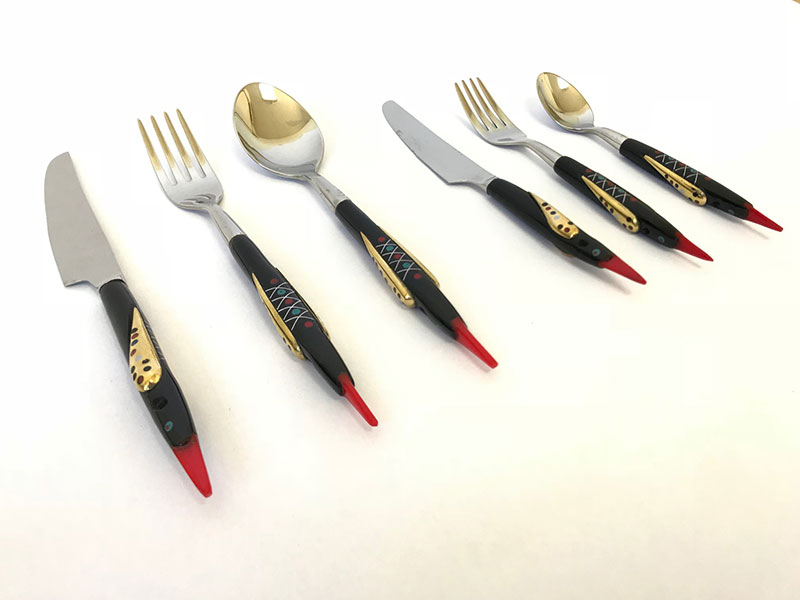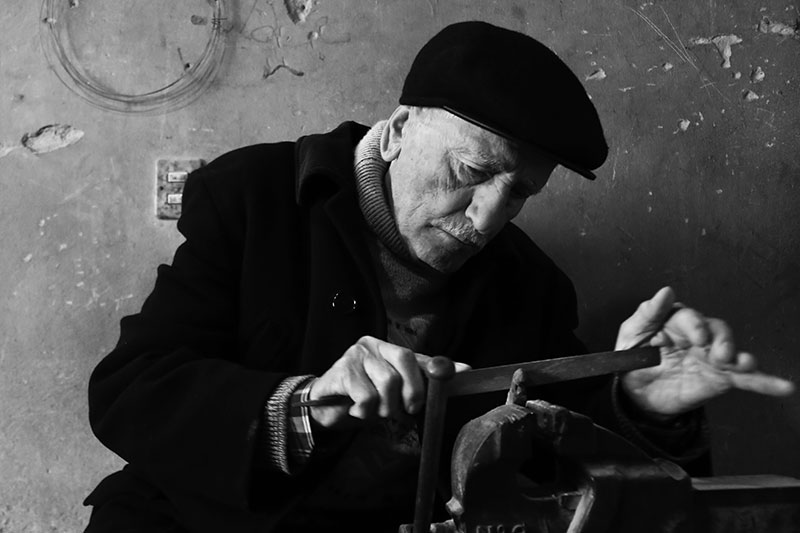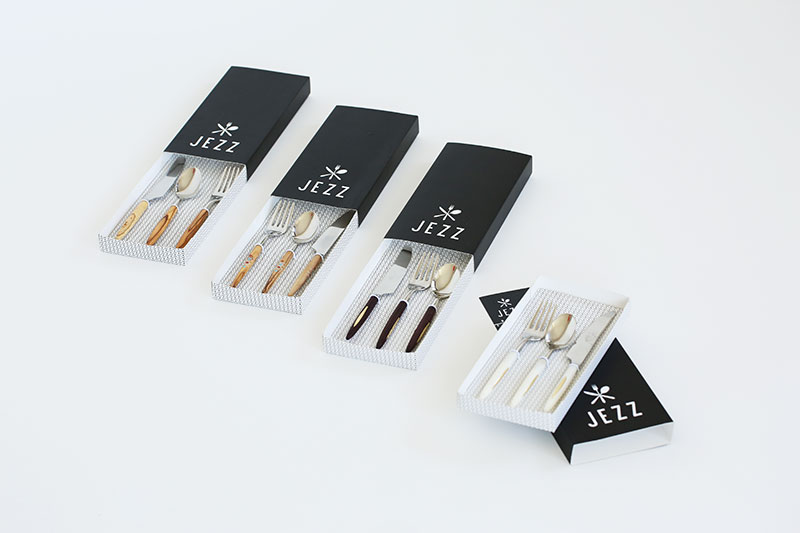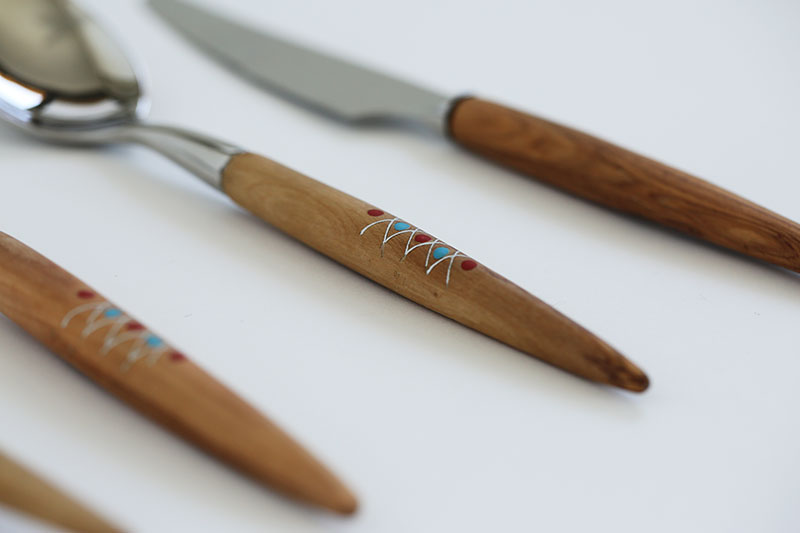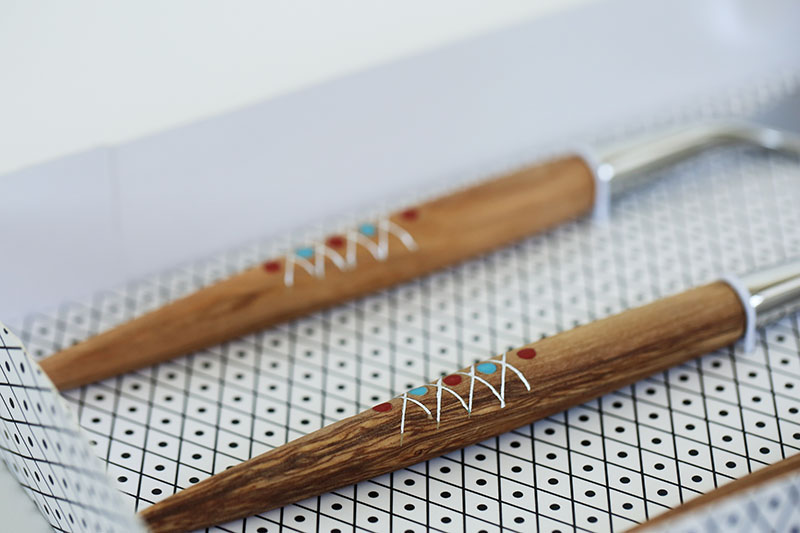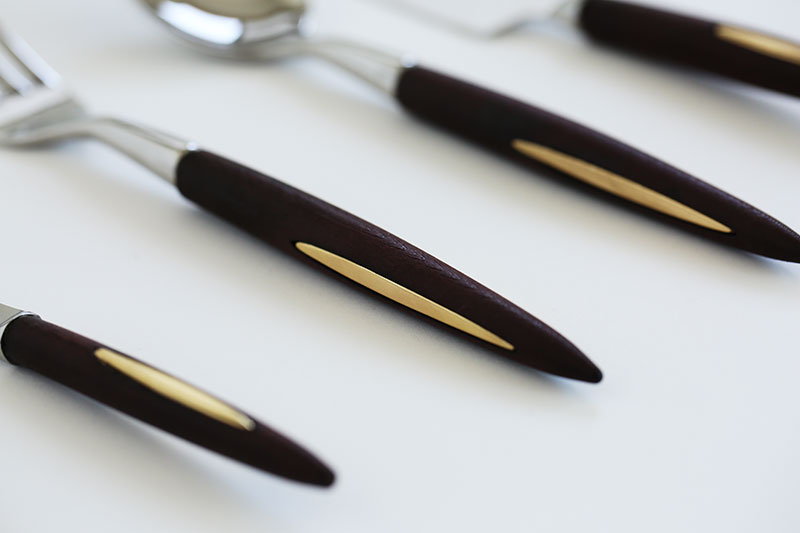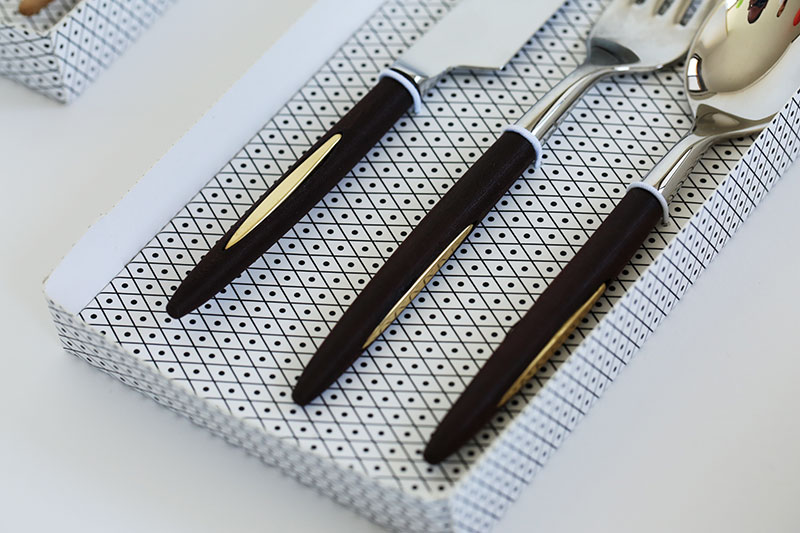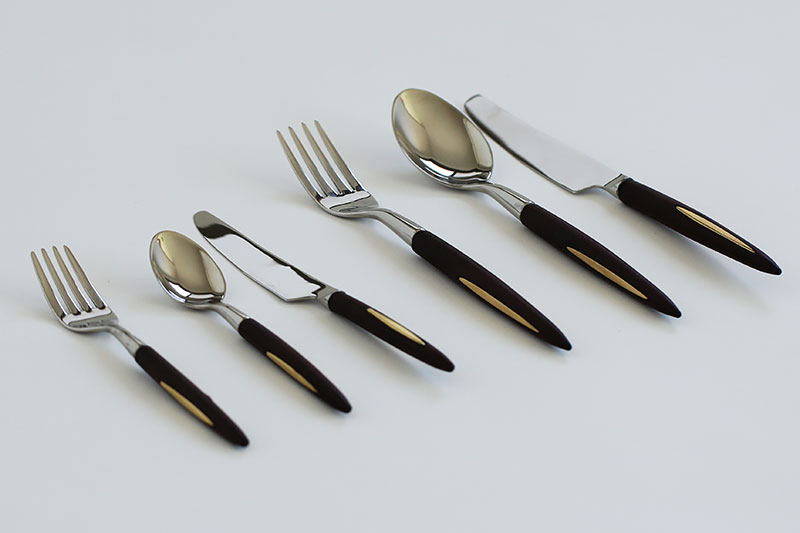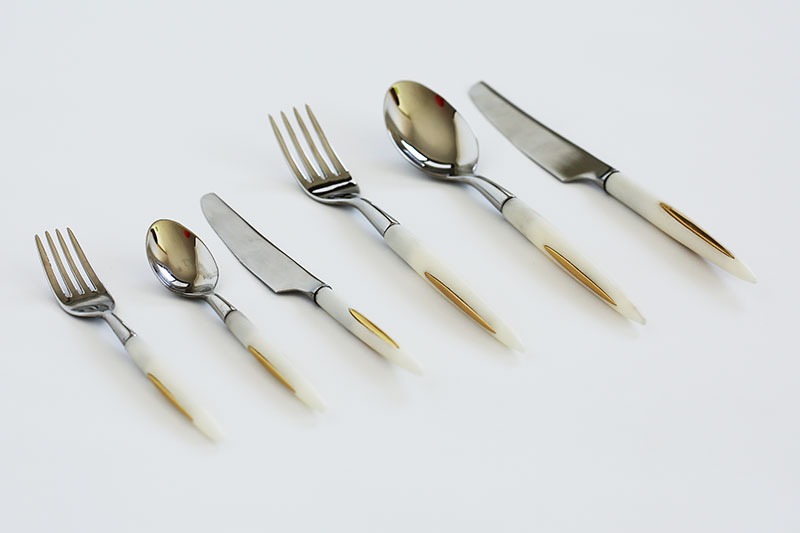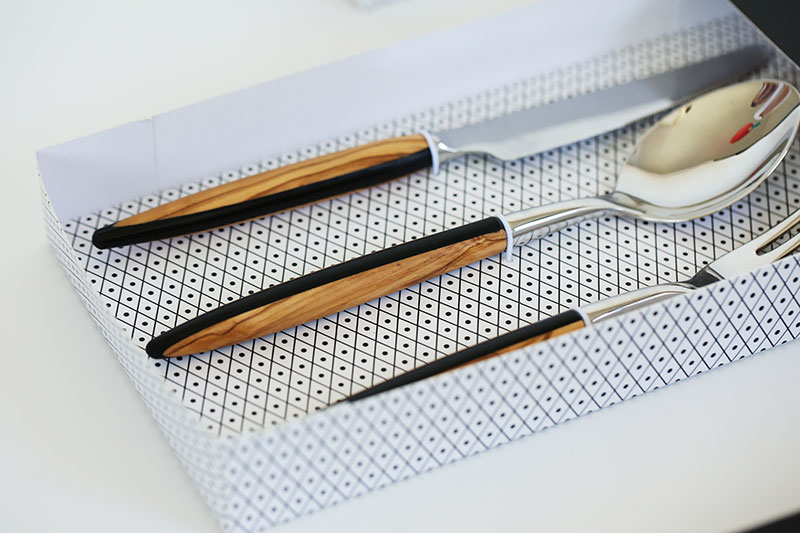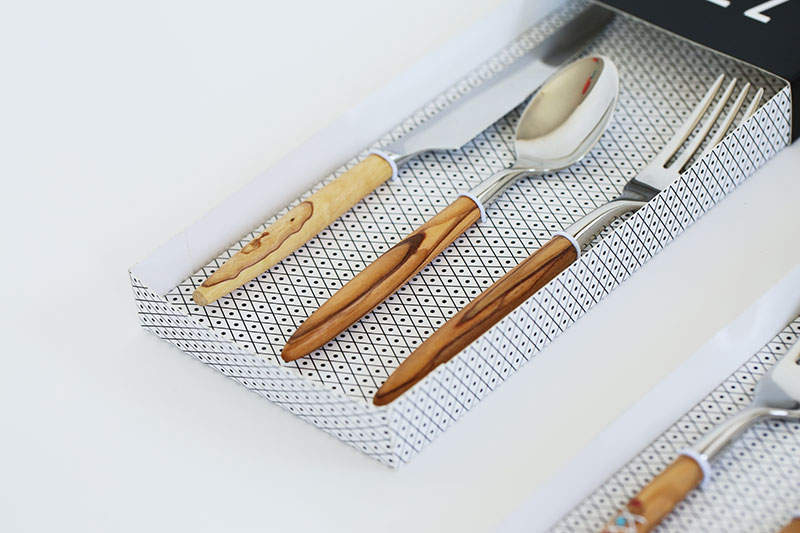
The Austrian Federal Ministry of Europe, Integration and Foreign Affairs financed a project of the United Nations Industrial Development Organization (UNIDO) in Lebanon to improve the competitiveness and value of selected authentic Lebanese products. It is part of the initiative to support the host communities’ production capacities by helping them integrate into national and international markets. The Lebanese contemporary collection, titled ‘YAD’, is comprised of works belonging to the soap, cutlery and embroidery sectors.
World renowned Italian social product designer Giulio Vinaccia, is one of United Nations Industrial Development Organization’s (UNIDO) senior consultants. His involvement in the YAD collection centered on the Jezzine cutlery segment. HN interviewed him and following is his take on how it all began and how it evolved into the final product.
The reasoning
I am a senior consultant involved in all the design work of UNIDO, the United Nations Industrial Development Organization and part of my responsibilities is to oversee many projects globally. After considering various Lebanese regions, we happened across Jezzine’s iconic tableware manufacturing industry. What attracted my attention was the signature collections created there decades ago. I noticed that the products were not very functional, especially not when it comes to daily use. The main reason is because they were not originally designed with that purpose in mind, making them only appropriate as an expensive gift to showcase or used on special occasions.
The approach
So, following some insightful deliberations with a number of the original craftsmen, we decided to breathe new life into that collection by creating three different yet distinct interpretations under the same collection. Though the process took us an entire year, we ended-up with three versions some of which were crafted using the exact same original materials while the others we fashioned using very similar materials that held true to the textures and the color schemes specific to that region.
The other aspect we emphasized prior to the fabrication process was based on ensuring that the end result would appeal to local, regional and international markets. This was instrumental in the redesign, because the goal of that exercise was not only to ensure the survival of that industry, but also its continued growth.
The third and final aspect necessitated us to work around the limitations of the original collection, which was only available in a box comprised of 12 or 18 sets of forks, knives and spoons. This configuration was challenging in that it necessitated customers who only wanted a smaller number of utensils to consider other brands. It also discouraged those who could afford the boxset to pause on account of them having to find and purchase a matching number of plates and other items to complete the set. Having taken all these factors into consideration, we decided to offer these utensils in pairs thereby making them affordable and attractive to consumers. Furthermore, we took the process a step further by designing matching multi-purpose plates, table matts, napkins as well as salt and pepper shakers.








